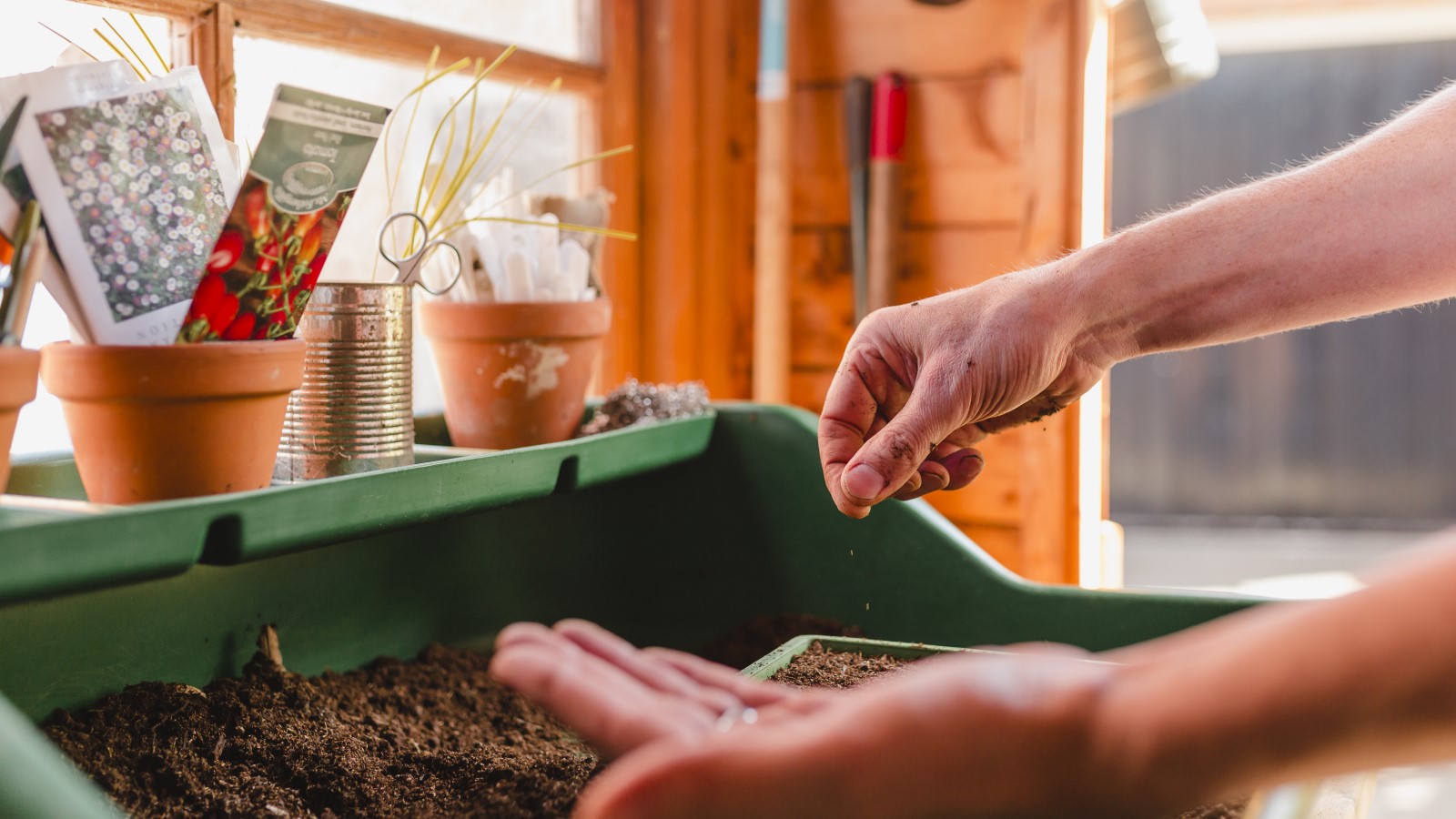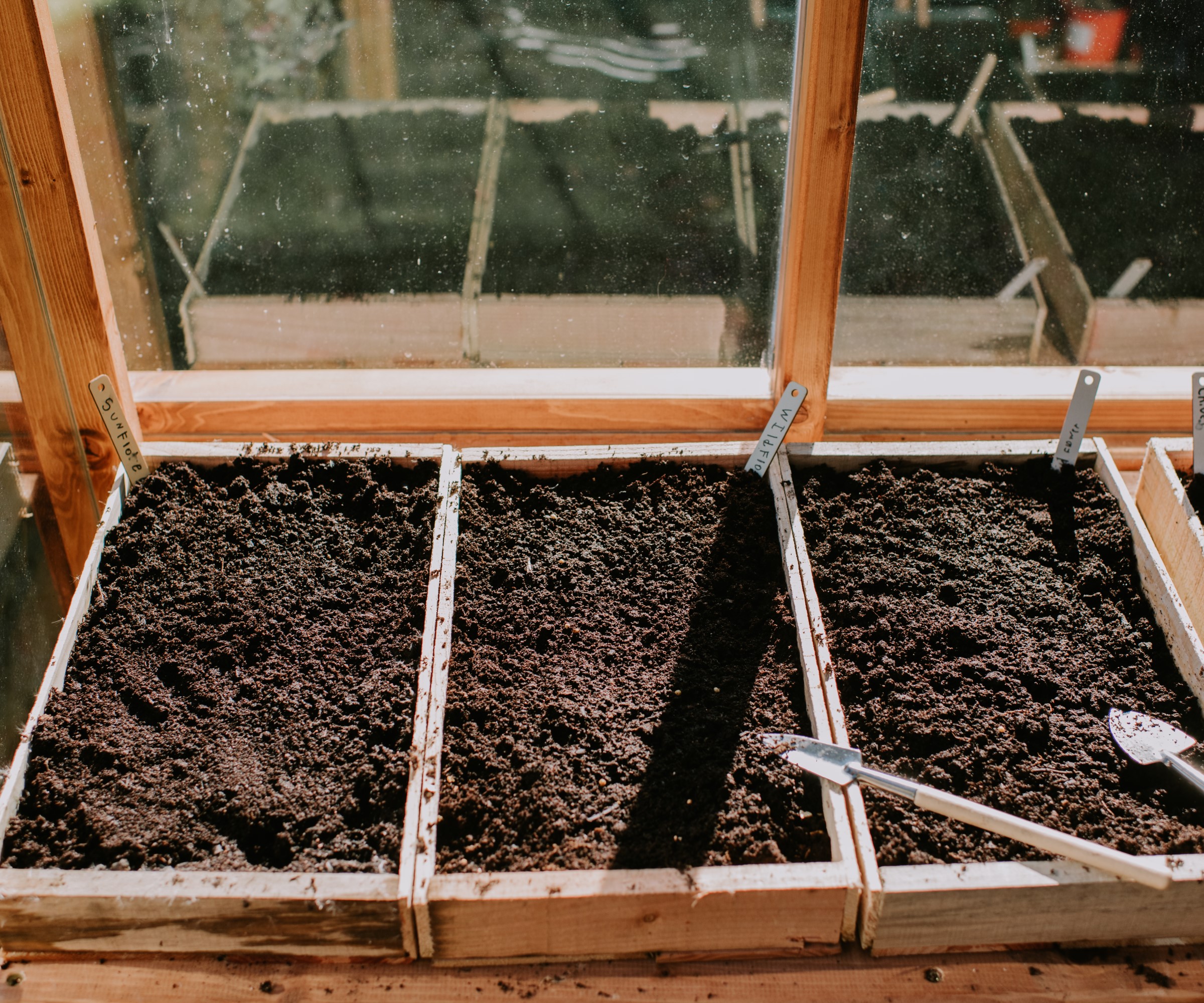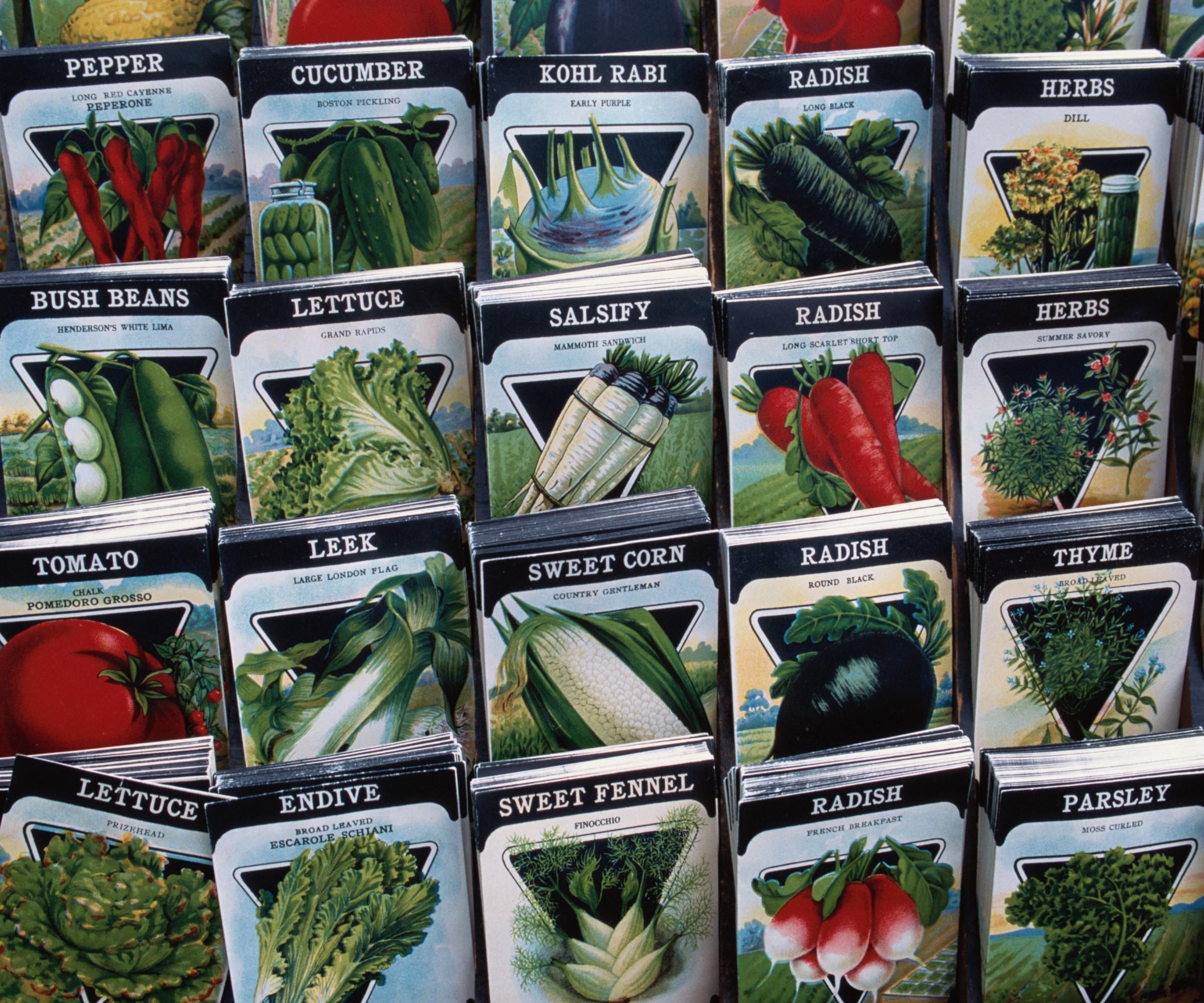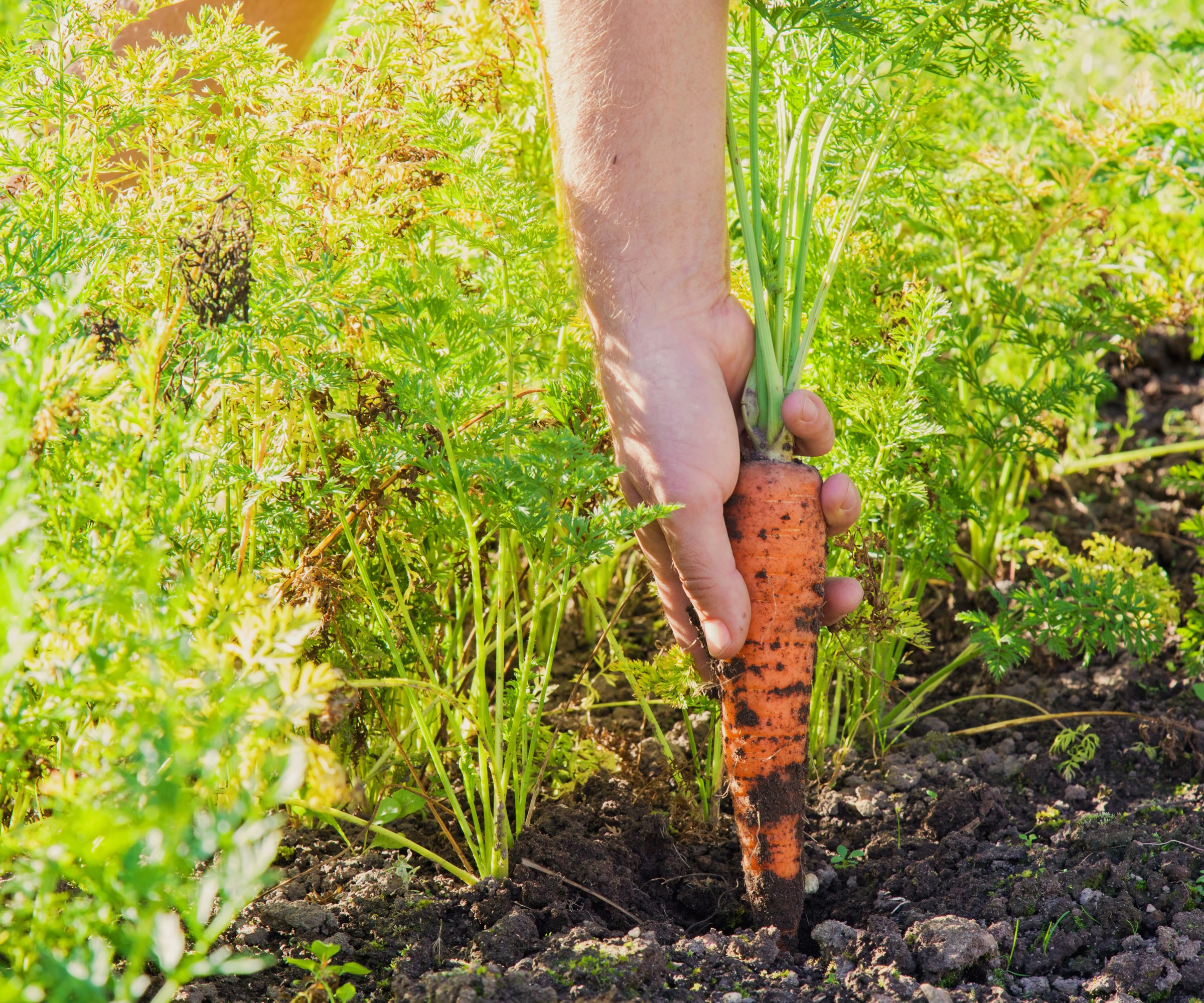When should you start vegetable seeds indoors? Expert tips to avoid the pitfalls of sowing too early
Plan your vegetable sowing schedule to ensure your plants are ready and in great shape at the right time


Sowing vegetables from seed is a budget-friendly and enjoyable way to grow delicious homegrown vegetables for your household. You do need, however, to resist the temptation to rush and sow seeds too early just because you can sow earlier indoors.
Therefore, the question is often asked: when should you start vegetable seeds indoors? The simplest answer is to refer to the seed packet, which usually tells you when to sow the seeds indoors. Another good rule of thumb is to only start vegetable seeds indoors at least six weeks before the last frosts in your area.
I have grown vegetables from seeds for many years in my previous role as a gardener – there was a wide range of vegetables I grew in the walled garden annually. It is all down to planning, thinking about when to plant vegetables outdoors and then working backwards to estimate when you need to start those seeds indoors. Getting the timing right is key as seedlings do not want to sit inside for too long as it can hamper their growth.

A greenhouse allows protected sowings with extra heat and light
When should I start my vegetable seeds indoors?
When planning the kitchen garden each year, I always put together a seed sowing schedule as well as a planting plan for the vegetable garden to keep me on track. I map out the timings for when to sow seeds indoors, how long they should take to grow, and when I wanted to plant them out into their final positions.
Starting vegetable seeds indoors can help with more reliable germination of seeds in a warm and protected environment. It allows growers to start their vegetables off earlier and give them a head start in their season. Vegetables are usually started indoors in spring to be ready for planting out later in spring or early summer, after the risk of frost has passed.
If you are wondering when you should start vegetable seeds indoors, then the first port of call should be to refer to the back of any seed packet. These usually give a handy and simple guide for when to start the seeds, indicating the best months to sow the seeds, both indoors and outdoors, and also the required temperatures they need for germination.
There are some crops, such as with growing tomatoes, where you always have to start the seeds indoors to give them the heat they want. While for many other crops, including growing cauliflower for one example, these can be sowed indoors or outdoors and will feature dates for both. A simple internet search for growing particular vegetables will also provide lots of information for the best indoor sowing dates and temperatures.
Design expertise in your inbox – from inspiring decorating ideas and beautiful celebrity homes to practical gardening advice and shopping round-ups.

Seed packets will give a guide to recommended indoor sowing dates
A general rule for starting many vegetable seeds indoors is that the earliest time to sow is at least six weeks before the last frost for your area. The last average frost date varies across the USDA Zones, from the end of February in Zone 9 to the end of May or start of June for Zone 1. Zones 10-13 do not tend to have frosts, so seeds can be started indoors earlier than in other zones. It is recommended to give a two-week gap after the assumed end of frosts before planting anything out in the yard, this helps avoid being caught off-guard by a surprise late frost.
The best time for when to start vegetable seeds indoors will depend on your propagation set-up at home. The heat and light you can provide the seeds will dictate how early you can start your sowing and therefore when they will be ready to plant. If you have a heated greenhouse then you will be able to start sowing vegetable seeds earlier than in an unheated greenhouse, for example, or in a cold frame. However, still always consider their final position, potential planting date, and last frosts.
Heated benches or heated mats for propagation can also give the seeds extra warmth from underneath and speed up the germination process. Such heat mats can provide a consistent warmth in early spring, both day and night, and means you can sow seeds earlier than on a windowsill. An example of such a heat mat for propagation is the BN-LINK Durable Seedling Heat Mat available at Walmart.
Many seed packets will advise to sow seeds and put them on a sunny windowsill to germinate. That is a successful way to get seeds going, however sowing seeds in this way should be done later than if you have a greenhouse. This is because the temperature and light will be more inconsistent on a windowsill – and a lack of light, often caused by sowing seeds indoors too early, can lead to leggy seedlings.

Sow seeds indoors six weeks before the last frost
Problems with sowing vegetable seeds too early
A word of caution is that just because you can start vegetable seeds early, it does not mean that you have to sow as early as possible. It is never advisable to have all your outside crops ready before the frosts have passed and, as mentioned prior, going too early when there is not enough light can result in leggy and spindly seedlings, rather than healthy and compact seedlings that are ideal to plant out.
A common seed sowing mistake is sowing vegetable seeds indoors too early as this means that even after pricking out and potting on, seedlings can then spend too long sitting in pots. Not only does that mean you need to spend more time potting on and watering, and more money on compost and pots, then the plants can end up pot-bound and cause them to stall when planted out.
Is it essential to start vegetable seeds indoors?
You do not have to start vegetables indoors, lots of them can grow absolutely fine if sowed directly outdoors in the spot you want to grow them. Tender crops like tomatoes, cucumber, eggplant, and chilies do need starting indoors as they need the heat to germinate and grow.
Many other crops, such as brassicas, alliums, beans, salad crops like lettuce and many root vegetables can be sown both indoors and outdoors.
Sowing indoors can mean earlier sowings and more reliable germination, however, it is not essential. There are some vegetables that should always be sown outdoors, including when growing carrots and parsnips as they do not like their roots being disturbed.

Carrots are one crop that must be direct sown in the soil
FAQs
Can I start vegetable seeds indoors in an unheated greenhouse?
An unheated backyard greenhouse is suitable for starting many seeds, as long as you can provide them the lowest temperature at which those vegetables can germinate.
Many seed packets and websites will state the temperature requirements for germination, so use a thermometer and check that an unheated greenhouse is hitting the temperatures required. It will mean that many crops are started later in an unheated greenhouse than a heated one, however it is a structure that can be used to start vegetable seeds in a warmer and protected environment than outside in the soil.
Do you need grow lights for starting vegetable seeds indoors?
Grow lights can help with sowing seeds indoors, though they are not an essential piece of kit. Many seed packets will recommend starting vegetable seeds on a light windowsill. A south-facing windowsill is best for starting seedlings – however even that can struggle to provide enough light for seedlings, especially if they are started too early.
Using grow lights can help to control the level of light and prevent seedlings going leggy on a windowsill. Always follow the recommended sowing dates and, if the seed packet says they need lots of light, consider using grow lights to supplement the natural light. An example of an indoor grow light is the DYMOND BoostGro LED Grow Light available at Amazon.
When figuring out when you should start vegetable seeds indoors, always try to figure out that timing. Ask yourself: How long does it take to germinate? How long will it take to be big enough to plant out? Will it be ready too early?
A key part of starting a vegetable garden is making sure you plan things properly. Simply referring to the seed packets, website, or catalogue, will provide you with lots of the information to help get an accurate guide of when is best to sow the vegetable seeds indoors. Getting that timing right means the seeds will germinate successfully, the plants will be in great condition at time of planting out, and it will help you get a fantastic crop.

Drew has worked as a writer since 2008 and was also a professional gardener for many years. As a trained horticulturist, he worked in prestigious historic gardens, including Hanbury Hall and the world-famous Hidcote Manor Garden. He also spent time as a specialist kitchen gardener at Soho Farmhouse and Netherby Hall, where he grew vegetables, fruit, herbs, and cut flowers for restaurants. Drew has written for numerous print and online publications and is an allotment holder and garden blogger. He is shortlisted for the Digital Gardening Writer of the Year at the 2025 Garden Media Guild Awards.